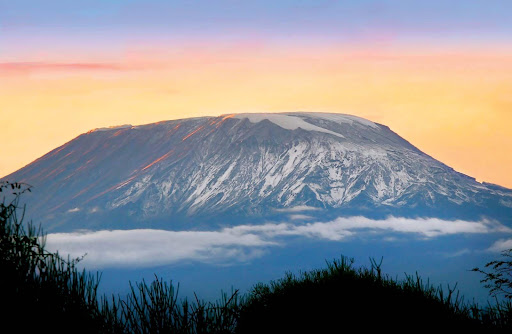Introduction:
Mount Kilimanjaro, located in Tanzania, is the highest peak in Africa, and the highest freestanding mountain in the world, rising 19,341 feet (5,895 meters) above sea level. It’s a popular destination for adventure seekers and climbers from all over the world, who are drawn to its stunning scenery, unique flora, and fauna, and of course, the challenge of reaching its summit.
Background of Mount Kilimanjaro:
Mount Kilimanjaro has a rich cultural and geological history. The mountain is located in Tanzania and is part of the Kilimanjaro National Park, which is a UNESCO World Heritage Site. The local Chagga people have lived in the foothills of Kilimanjaro for centuries, and they have a rich history of climbing and exploring the mountain.
Geologically, Kilimanjaro is a stratovolcano that last erupted about 360,000 years ago. The summit of Kilimanjaro is Kibo, which is the largest of the three cones and the only one that remains active.
Preparation for Climbing Kilimanjaro:
Climbing Kilimanjaro is a physically and mentally demanding experience, and it’s important to be well-prepared before embarking on the journey. Physical preparation should include regular exercise, especially hiking, and cardio, to build up strength and endurance. It’s also important to acclimate to the high altitude, which can cause altitude sickness.
In terms of gear, it’s important to have appropriate clothing and equipment for the conditions on the mountain. This includes warm layers, waterproof gear, and good-quality hiking boots. You should also bring a sleeping bag rated for sub-freezing temperatures, as temperatures can drop significantly at high altitudes.
Different Routes to the Summit:
There are several routes to choose from when climbing Kilimanjaro, ranging from easy to difficult, and from short to long. Some of the most popular routes include the Marangu Route, the Machame Route, and the Rongai Route.
The Marangu Route is considered to be the easiest and quickest route to the summit, and is often referred to as the “Coca-Cola Route.” It’s the only route that offers hut accommodations, which makes it a popular choice for those who prefer a more comfortable experience.
The Machame Route is a more challenging route that offers stunning scenery and a variety of ecosystems to experience. This route is considered to be one of the most scenic on Kilimanjaro, and it’s often referred to as the “Whiskey Route.”
The Rongai Route is the least traveled of the popular routes, and it’s considered to be one of the easiest and most scenic. This route is a great option for those who are looking for a less crowded experience and the chance to see unique landscapes and wildlife.
What to Expect During the Climb:
Climbing Kilimanjaro is a multi-day experience that can last anywhere from 5 to 9 days, depending on the route you choose. During the climb, you’ll experience a variety of landscapes, from lush rainforests to barren alpine tundra. You’ll also have the opportunity to see a range of unique flora and fauna, including towering bamboo forests, high-altitude deserts, and even glaciers.
As you climb higher, the air becomes thinner and temperatures can drop significantly. It’s not uncommon to experience symptoms of altitude sickness, including headaches, nausea, and fatigue. It’s important to listen to your body and not push yourself too hard, as the high altitude can have serious consequences if you’re not careful.
During the climb, you’ll be accompanied by a guide and a team of porters who will carry your gear and supplies. They’ll also be there to help you if you need it, and to ensure your safety and comfort throughout the journey.
Safety Considerations:
Climbing Kilimanjaro is not without its risks, and it’s important to be aware of the potential dangers before embarking on the journey. Some of the most common risks include altitude sickness, hypothermia, and frostbite. It’s also important to be aware of the risks associated with hiking at high altitudes, including falling, getting lost, and encountering wild animals.
To minimize the risks associated with climbing Kilimanjaro, it’s important to be well-prepared and to choose a reputable guide and company. You should also make sure to take appropriate precautions, such as wearing warm clothing, carrying enough water and food, and staying on established trails.
Conclusion:
Climbing Kilimanjaro is a once-in-a-lifetime experience that offers adventure, challenge, and stunning scenery. Whether you’re an experienced climber or a first-time adventurer, the journey to the top of Africa is sure to be an unforgettable experience. With proper preparation, careful planning, and a bit of determination, anyone can reach the summit of Kilimanjaro and experience the thrill of standing on the roof of Africa.
